Auditor General Edward Ouko in mid April 2016 declared Kenya Broadcasting Corporation (KBC) technically insolvent. Its operations depend upon financial support of the government and creditors. The Auditor General made the qualified opinion in his report to the National Assembly for the year ending June 2015.
KBC lost Ksh5.34 billion in the last financial year and Ksh5.5 billion in 2013-14. This loss has brought its liabilities to Ksh46.73 billion, against its current assets balance of Ksh1 billion. “The corporation is technically insolvent and its continued existence as a going concern is dependent upon the financial support of the government and its creditors,” the Auditor General says.
KBC took a loan from Overseas Economic Cooperation Fund (OECF) of Japan in 1989 to fund its modernisation programme, a project that was mooted out of a study by the government in February 1988. At the time the loan was granted, it was 11,904,566,500 Japanese Yen (Ksh98,507,000). The loan was interest bearing and as at 30 June 2015, the loan balance was Ksh10.7 billion. It had an interest thereof of Ksh34.5 billion.
There are negotiations to convert the loan into equity. KBC management also discussed the loan issue when they appeared before the Parliamentary Investment Committee but no concrete decision was made.
KBC has not been servicing the loan which was guaranteed by the National Treasury which had accumulated to Ksh45.2 billion as at 30th, June 2015.
In 2000, KBC made an arrangement with KenGen where it loaned five generators which were subsequently installed at Jomo Kenyatta University and University of Nairobi under an emergency power supply project. The generators have an estimated value of Ksh29 million. However, no compensation for the use of the generators has ever been paid to KBC.
[crp]
Several pieces of land owned by the state broadcaster have either not been well surveyed and un-adjudicated, wrongly valued or inaccurate land acreage provided, according to the auditor-general.
Ownership documents of land and buildings valued at Ksh6.6 billion were not availed to the Auditor for audit review. In addition, a piece of land in Voi, LR No, 75893/111/66A could not be located by the valuer in November 2014. Moreover, its land in the same Voi Township, LR No, 75893/111/64A valued at Ksh1.6 million was taken over by the Ministry of Mining and a building has been erected on it.
A piece of land at Ngong TX station, in Kajiado County, differed in size as the letter of allotment indicated that the land is 33.419 acres (13.53 hectares) while information available indicates that the land’s actual size on the ground is 124.79055 acres valued at Ksh2.7 billion.
The company’s Jamhuri Park land LR No 15090 measuring 100 acres was allegedly grabbed. Out of which 60 acres were recovered by the EACC and was allocated/reverted to Kenya Forest Service while KBC was reallocated 29 acres leaving land measuring 11 acres which has not been accounted for. The KBC management did also not explain why the Kenya Forest Service was allocated the land.
Other pieces of land in Mombasa have either been grabbed by Housing Finance or invaded by squatters, some of which have pending court cases. In total, plant, property and equipment value of Ksh13.8 billion could not be confirmed.
Trade and other payables
During the audit period, it also emerged that Ksh788 million in respect to statutory deductions and other decisions have not been remitted to the respective institutions, including Ksh368 million owed as value added tax. Other include pension, SAYE, Cooperative deductions, medical fund and insurance.
The management is therefore in breach of the law while the unremitted amounts attract fines and penalties. KBC has not made provisions for possible penalties in the financial statements.
The Auditor General stated: “The financial statement of financial position reflects current liabilities balance of Ksh46,735,779,000, which exceeds the current assets balance of Ksh1,000,162,000 resulting to a negative working capital of Ksh45,735,217,000 and a negative net worth of Ksh29,190,452,000.”
The corporation had a bloated workforce of 1,200 employees, with fears that a third of them could be ghost workers gobbling up millions of shillings in salaries annually. Some unqualified staff are said to be illegally contracting third parties to perform their duties. Restructuring is under way.











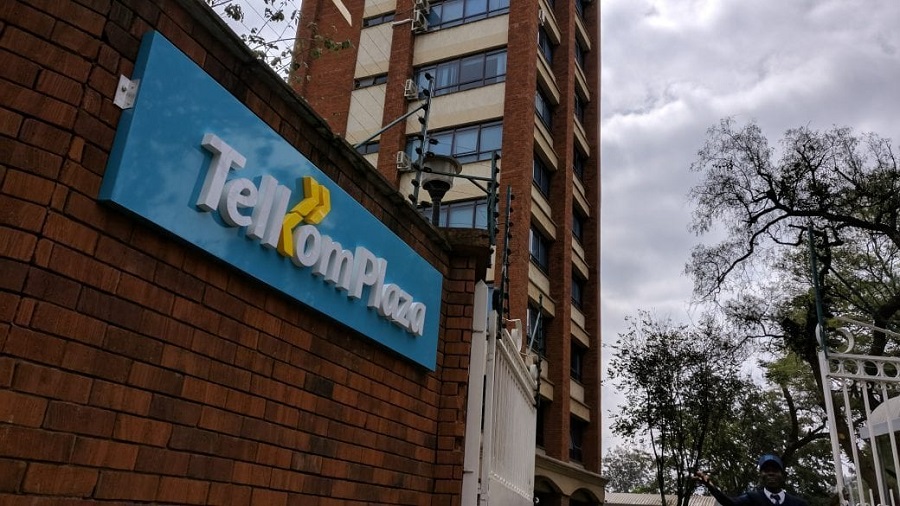





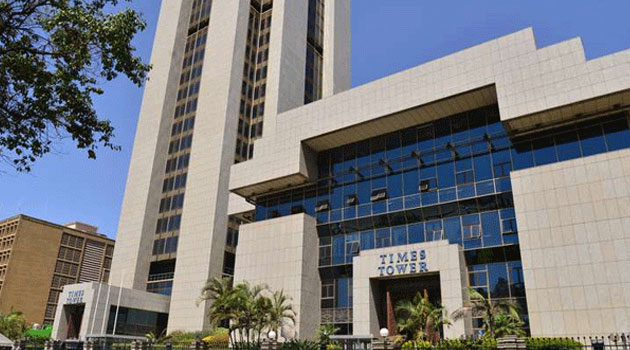




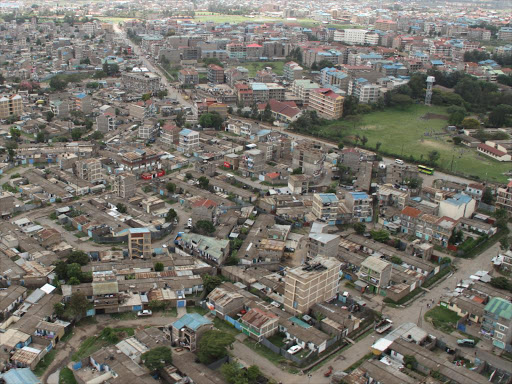




























![Pula Co-Founders and Co-CEOs, Rose Goslinga & Thomas Njeru. Pula provides agricultural insurance and digital products to help smallholder farmers manage climate risks, improve farming practices and increase their incomes. [ Photo / Courtesy ]](https://businesstoday.co.ke/wp-content/uploads/2021/01/Pula-Co-Founders-and-Co-CEOs-Thomas-Njeru-Rose-Goslinga.jpg)









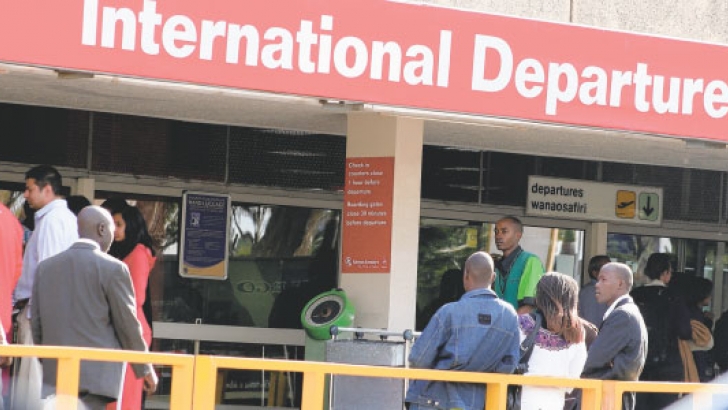


























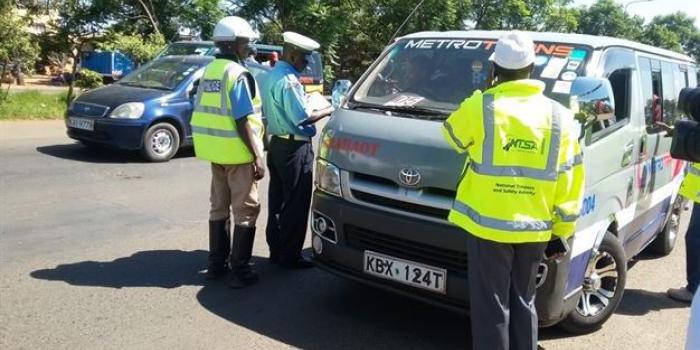








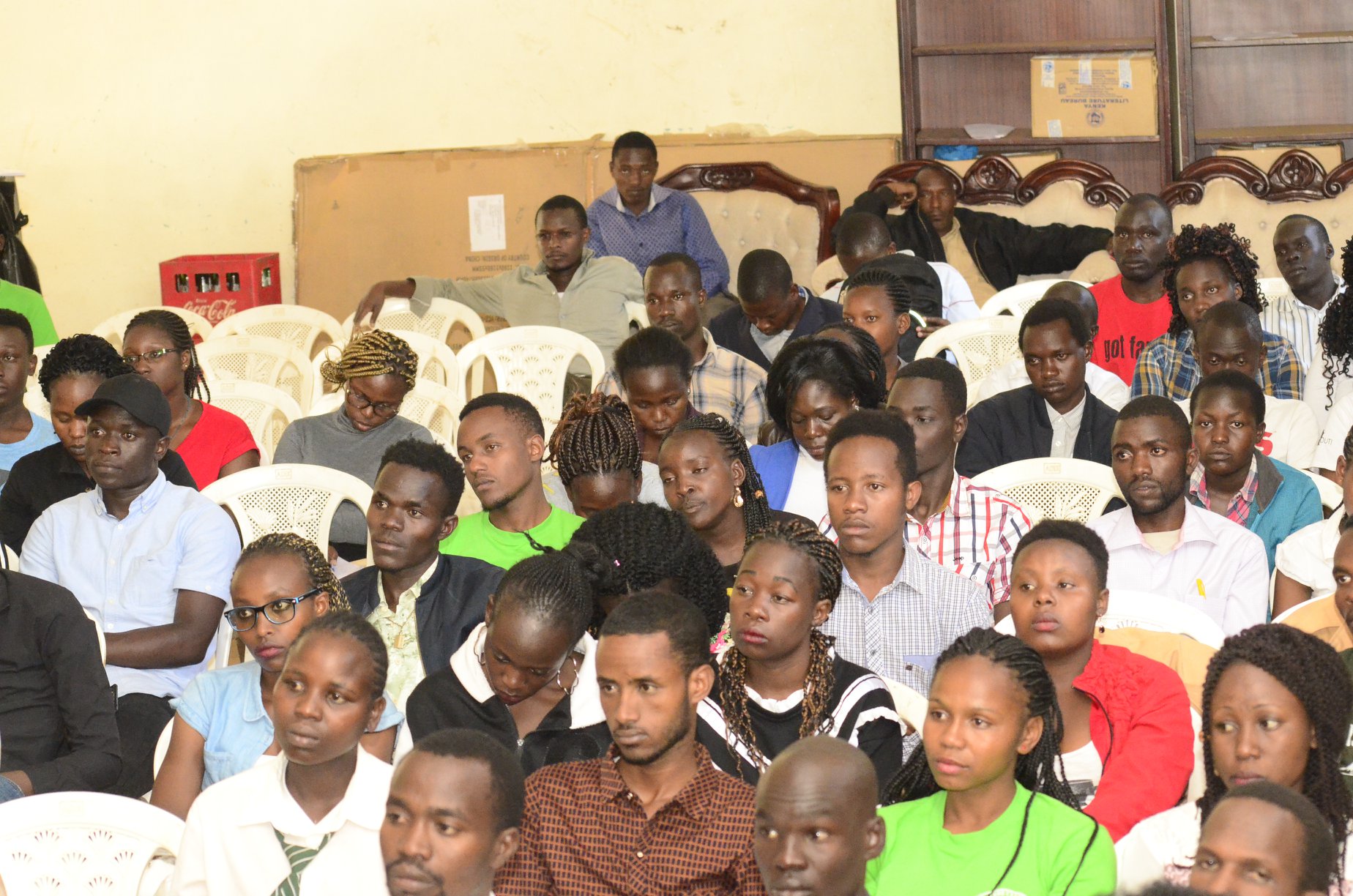




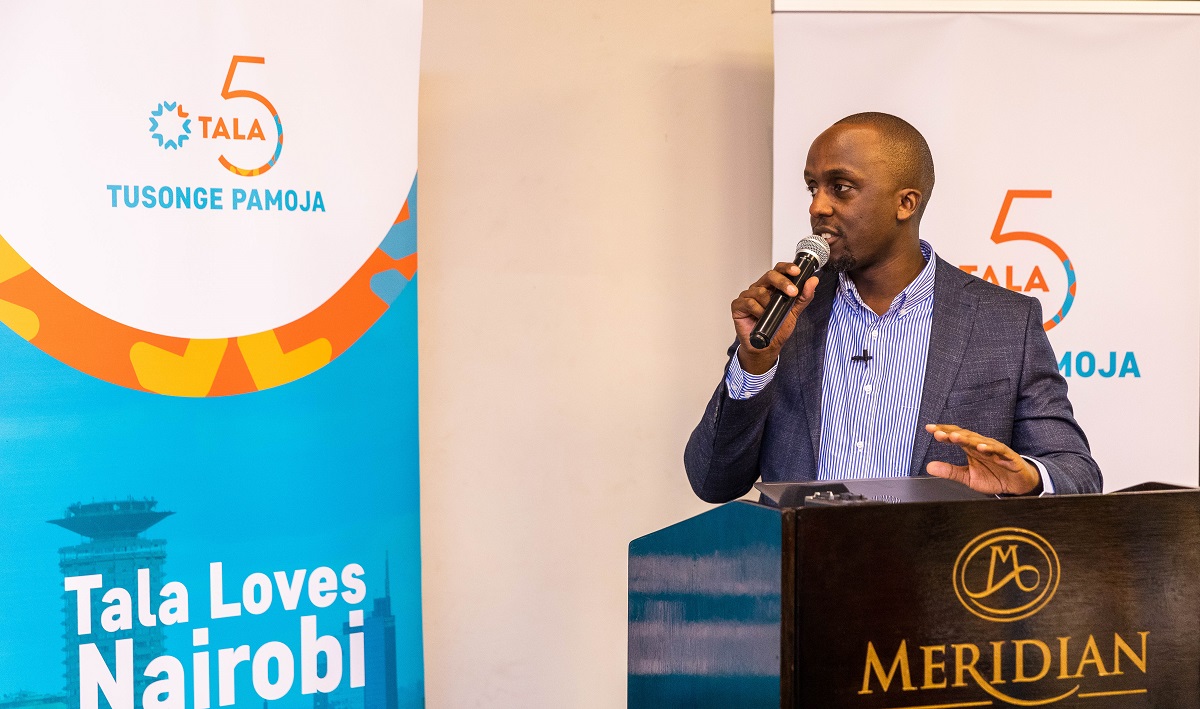









Leave a comment